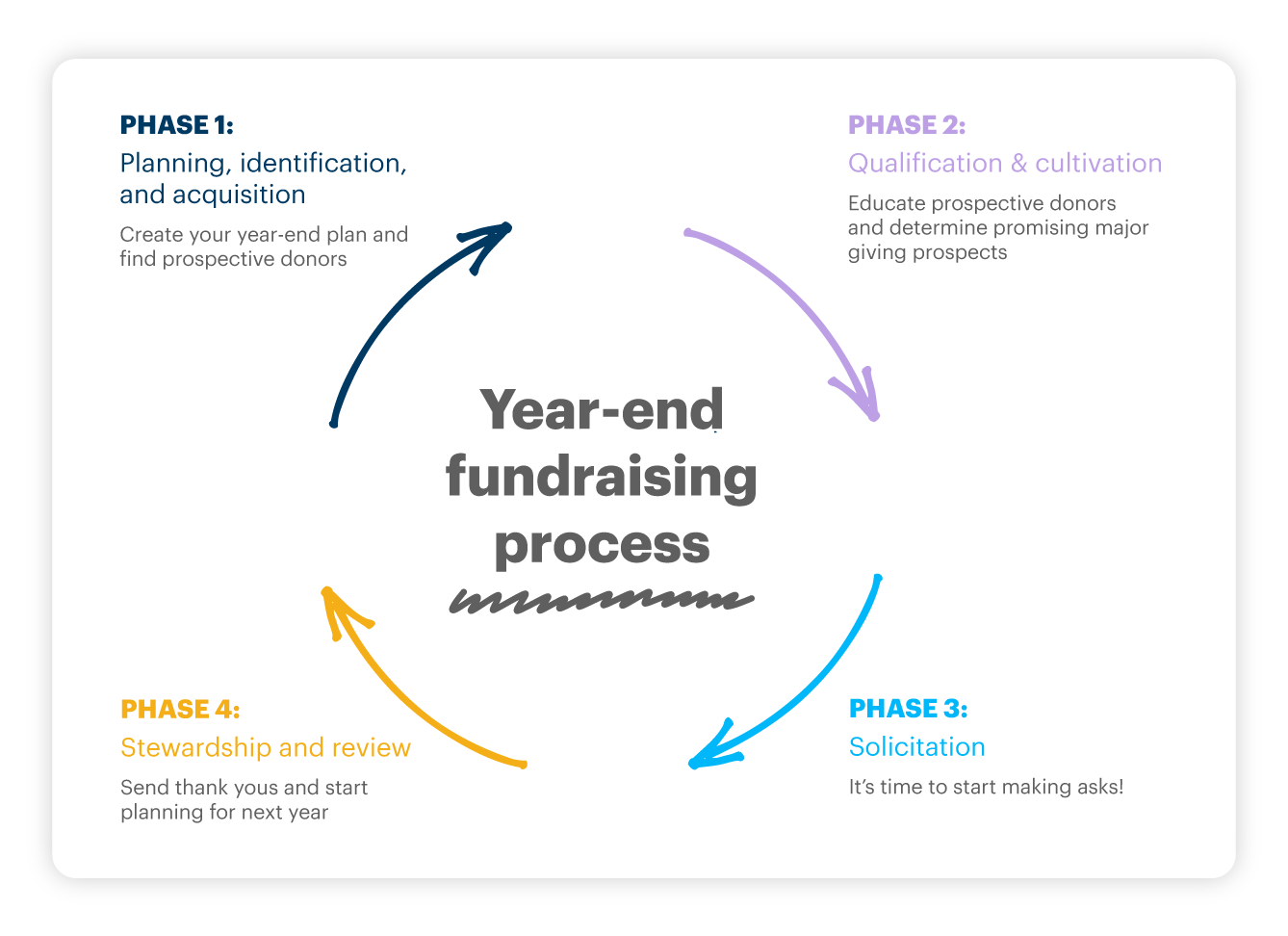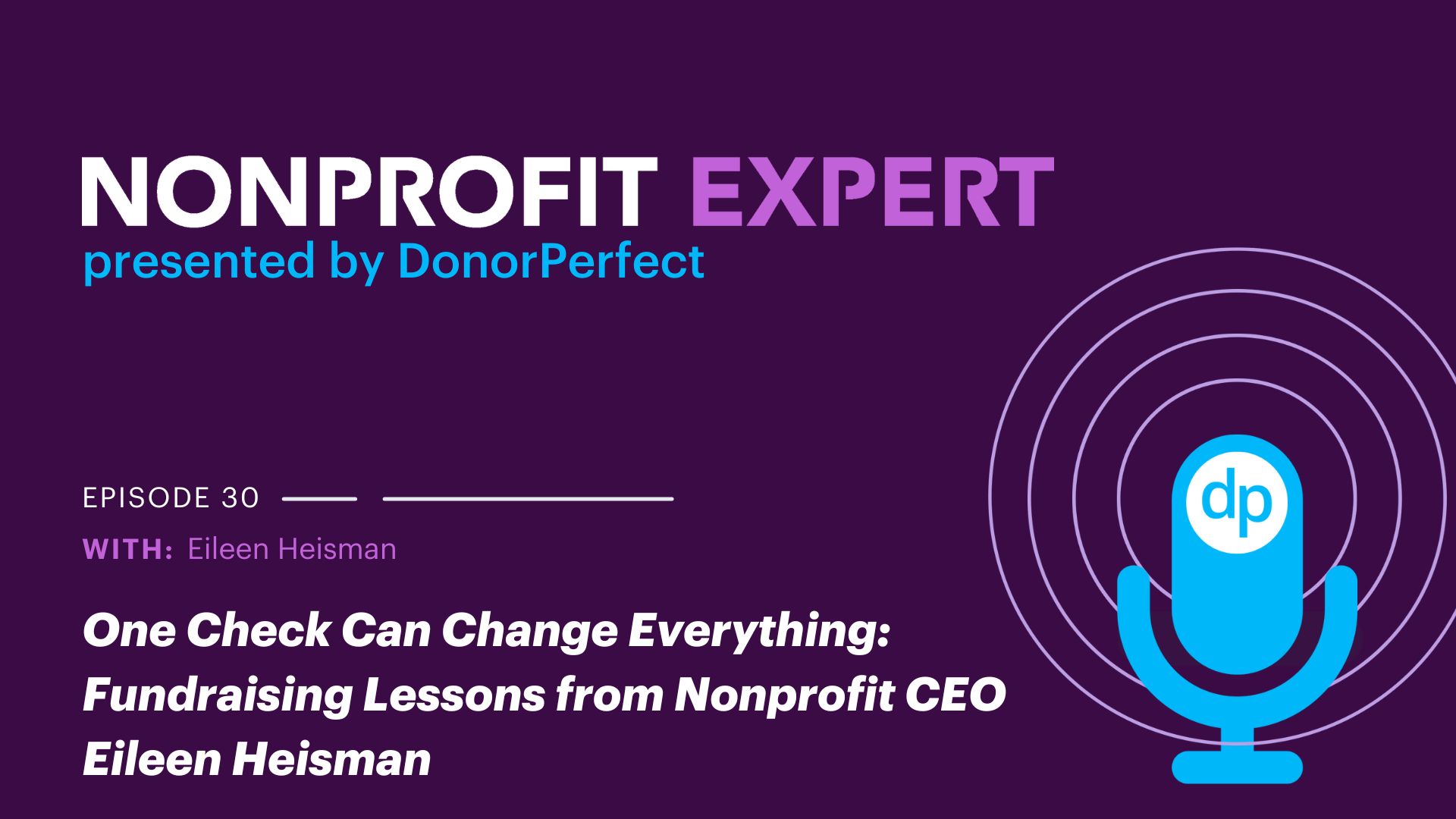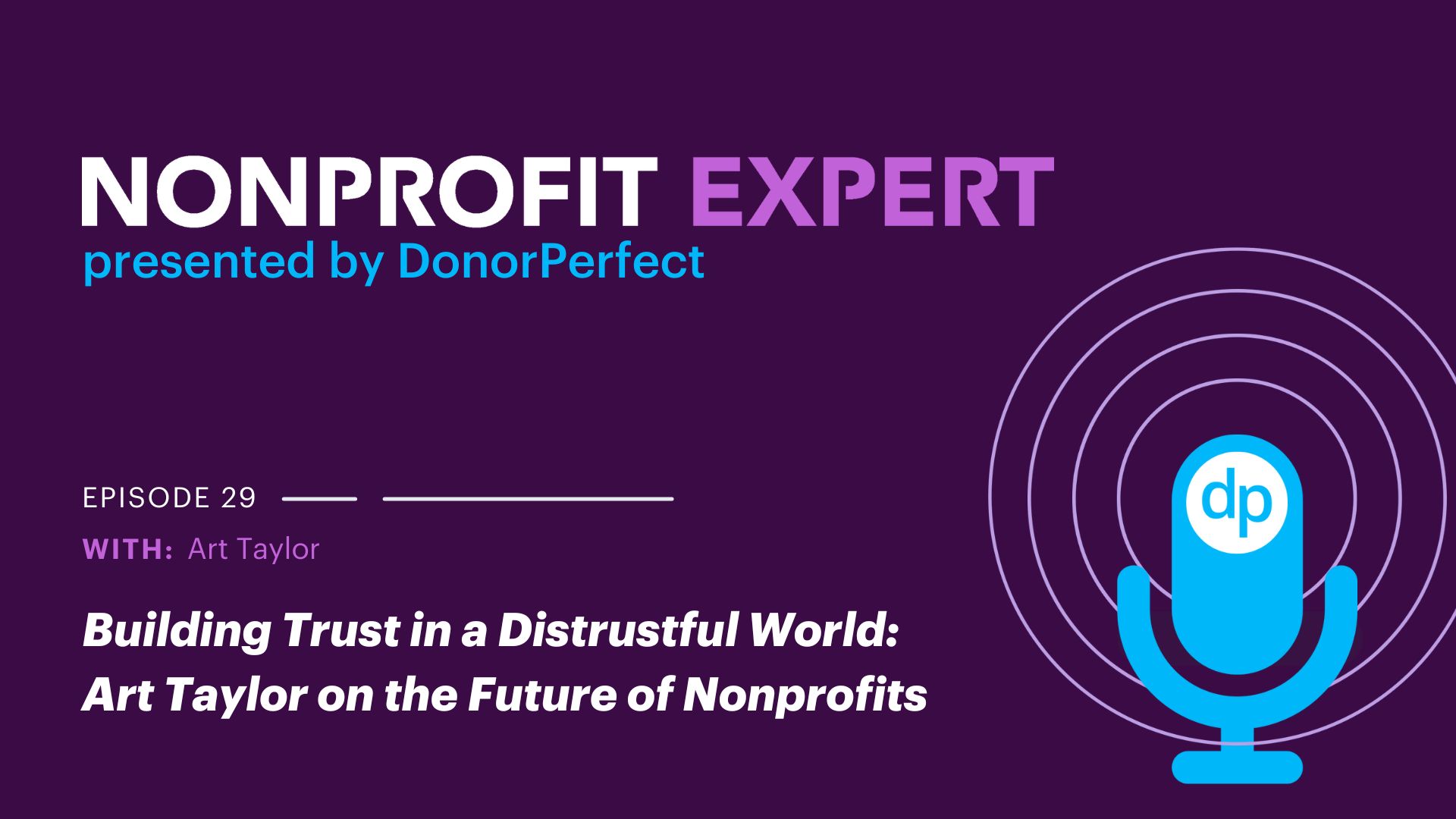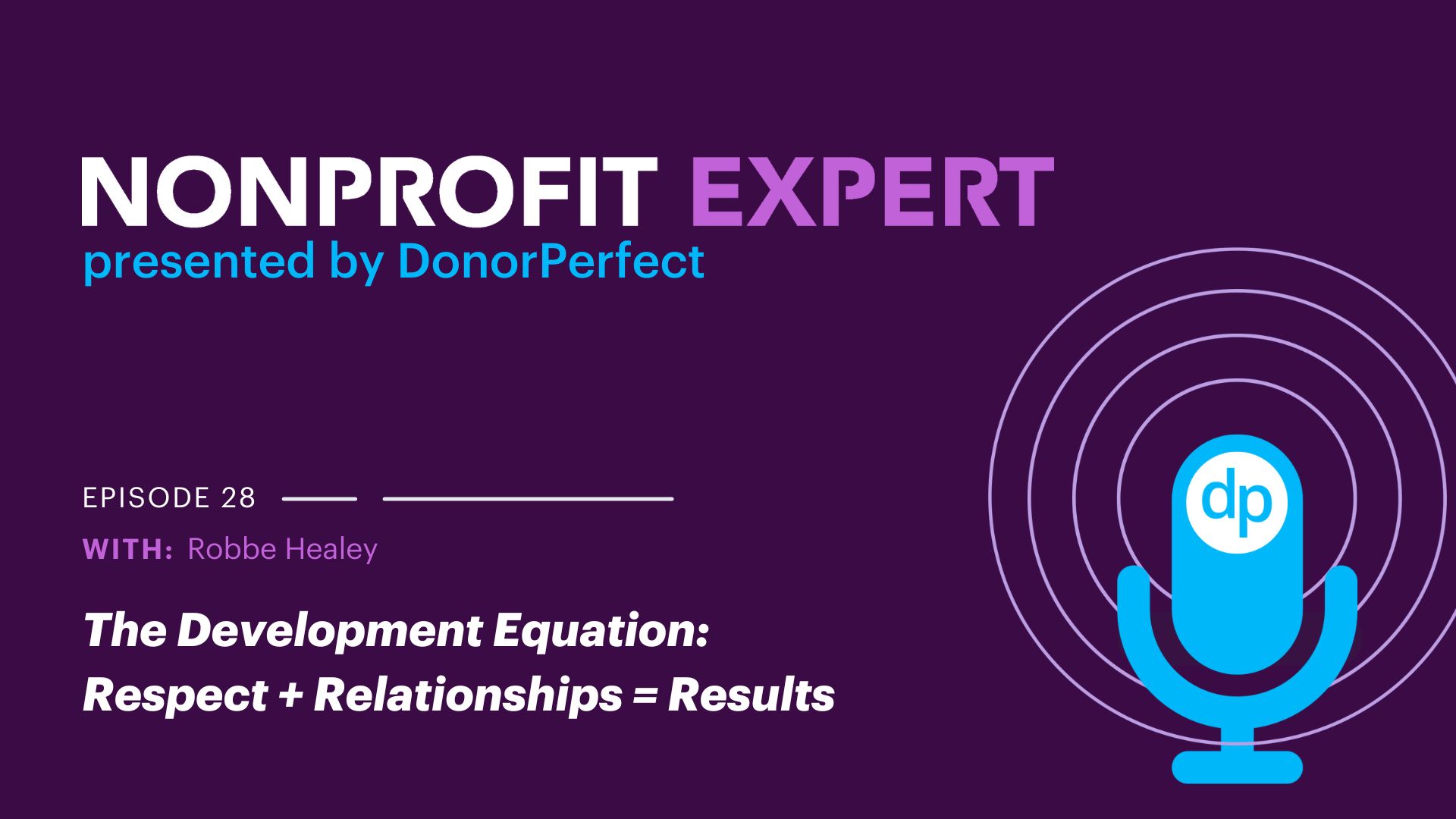For DonorPerfect users, 37% of all giving happens in October, November, and December. The final few months of the year represent a season of giving and generosity, including deadlines for charitable giving tax incentives, creating perfect conditions for nonprofits to raise a lot of funding in a relatively short amount of time.
But when just about every other nonprofit is pushing for end-of-year funding, how can you make sure your mission stands out? Try looking at the techniques you may already know! There are five key stages of donor engagement, often referred to as the donor engagement cycle, that help your donors get to know your mission and organization and inspire them to give generously.

When planning for year-end fundraising, you might try plotting your course along your donors’ and prospects’ natural giving rhythm. That way, your year-end ask won’t come as a surprise, and your donors will have already made the choice to support your nonprofit before your appeal hits their mailboxes. The following is an overview of how to use the donor engagement cycle for year-end planning, and we’ll create more specific resources for you from now through January (including this cheat sheet!).
Identification
If you’re itching to start year-end planning, you could start preparation as early as summertime. In the identification stage, you can use wealth screening tools, marketing lists, and your own database and local resources to find potential year-end donors. This is also the right time to clean up your database, prepare and segment your mailing lists, and start drafting your year-end appeal.
While major gift donors each require their own unique plan, year-end is a great time to highlight their generosity as a way to encourage others to give. Do you have any major donors or area business partners who might enjoy inspiring your community with a matching gift? Now’s the time to brainstorm lists of potential matching donors and gauge interest.
Finally, the identification stage includes realistic, ambitious goal-setting. Now that you have a good sense of your donor and prospect pool, you’ll be able to set goals that are both exciting and attainable to keep your team and yourself motivated without adding unnecessary stress.
We recommend starting the identification stage in August or September, but you can certainly adjust our timeline to meet your unique needs.
Cultivation
The cultivation stage is your time to shine! Take advantage of every opportunity to connect donors and prospects to your mission. Help them share your vision of what the world could be, how your nonprofit is making your vision a reality, and how your donors and community play a role in it.
Cultivation requires active listening, too. What inspires your donors to give back? Are there resources or pieces of information your community could benefit from having? The more you learn, the better you can tailor your communications and appeals to include messages that will motivate your audience to give. Some ideas for cultivating your donor community include:
- Surveys
- Thank-you call-a-thons where staff and volunteers thank donors for past support and ask for their input
- Newsletters showcasing donor impact and your nonprofit’s latest news and activities
- Behind-the-scenes tours or meet-and-greets, including virtual options
When you have feedback from your community, you can finalize your year-end appeals. If you’re working with a vendor, we recommend reaching out to them in September to establish a timeline so your letters can reach homes with enough time for donors to respond before December 31. If you’re mailing letters yourself, we recommend sending them out by November 10.
We recommend starting the cultivation stage in September or October if possible, but your mileage may vary!
Solicitation
After you’ve narrowed down your donor pool and have spent quality time cultivating them, you’re poised to invite them to be part of your mission as supporters. You can kick the year-end giving season off with Giving Tuesday or your own giving day to generate excitement. Crowdfunding is a good way to get your community involved, and encourage your donors and volunteers to be champions for your nonprofit.
Once your year-end appeal letters start to hit homes, it’s wise to use multiple channels to remind your donors to give. Email and social media campaigns help bring your nonprofit to the top of your donors’ minds, and video messages are a great way to quickly and personally reach out to your community for support.
We recommend starting the solicitation stage in late November and continue through December for maximum results, but any solicitation is better than none!
Stewardship
Stop, take a deep breath…ahhh. You did it! Now on to the fun part: thanking the donors, volunteers, and staff members who made your year-end giving season a success. Some statistics suggest that donors who are personally thanked for their first gift within 48 hours are up to 400 times more likely to give a second time (that wasn’t a typo – you’re FOUR HUNDRED TIMES more likely to get a second gift!).
It’s certainly challenging to thank every single donor within two days of their gift, so if you can’t hit that mark, don’t worry. Thanking donors in any way, at any time, is so much better than nothing. In fact, a lack of acknowledgement is one of the main reasons donors stop giving.
Some ideas for effective stewardship include:
- Thank online donors with an automatic message as soon as their gift is processed
- Use SmartActions to assign yourself or a teammate a task to personally thank each donor when new gifts arrive so nobody falls through the cracks
- Schedule a thank-you call-a-thon with staff and volunteers (and supply some lunch for their effort)
- Use DP video to create a personal, heartfelt thank you message that helps donors put a face to your organization
- Use pre-written email and letter templates to save time, and hand write special messages for specific donors on their letters
- Give your team a surprise day off to rest and recuperate after a crazy giving season
Don’t forget to celebrate your accomplishments and evaluate your year-end plan! While everything is still fresh, make notes for what went well and how you’d like to improve for next year.
Year-end fundraising can be daunting, but it is also an incredible opportunity to take part in your community’s generosity and boost support for your mission. Whatever you need for year-end, DonorPerfect is here to help!








